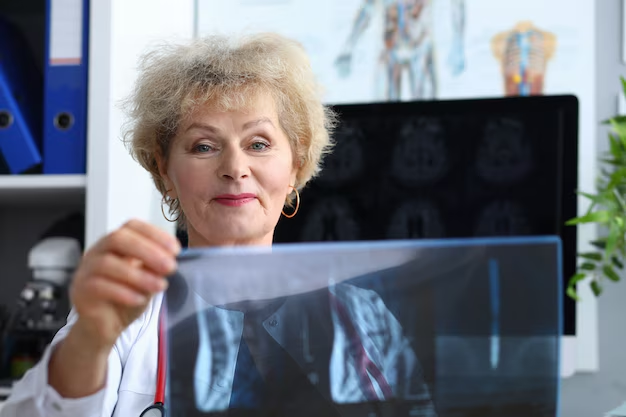Understanding Osteoporosis Risk Factors: What You Need to Know
Osteoporosis, often referred to as the "silent disease," affects millions worldwide, particularly as they age. But what are the exact risk factors that make someone more susceptible to developing osteoporosis? This question is crucial, as understanding these risk factors can empower individuals to take preventive actions and seek necessary resources.
Key Risk Factors for Osteoporosis
Aging
As we age, our bone density naturally decreases. Women over the age of 50 and men over 70 are at a higher risk.Gender
Women are more prone to osteoporosis than men, partly due to hormonal changes that occur during menopause which accelerate bone loss.Family History
A family history of osteoporosis can increase your risk. If your parents or siblings have osteoporosis or have suffered fractures, your risk might be higher.Body Frame Size
Individuals with smaller body frames tend to have less bone mass to draw from as they age, increasing the risk of osteoporosis.Hormone Levels
An imbalance in hormone levels, such as low estrogen in women and low testosterone in men, can increase the risk.Dietary Factors
A diet low in calcium and vitamin D can lead to weakened bones, making them more susceptible to osteoporosis.Lifestyle Choices
Lack of physical activity, excessive alcohol consumption, and smoking can contribute to the development of osteoporosis.Medical Conditions and Medications
Certain medical conditions like rheumatoid arthritis, and medications like corticosteroids, can elevate the risk.
Understanding and acknowledging these risk factors is the first step towards maintaining healthier bones. It's important to discuss your risks with a healthcare professional, who can recommend lifestyle changes or treatments that may help you manage or even reduce your risk of osteoporosis.
Exploring Financial and Educational Support
Faced with the realities of osteoporosis, many people find themselves needing support, whether in managing healthcare costs or accessing information that might not be readily available. Here are resources that can offer assistance:
👩⚕️ Medicaid and Medicare: These programs can provide essential aid for those needing help with medical expenses related to osteoporosis treatment and management.
📚 Educational Grants: Numerous organizations offer educational resources and workshops to help manage and understand osteoporosis, often free or at a reduced cost.
💳 Credit Solutions: Some financial institutions offer medical credit plans specifically designed to ease the upfront burden of healthcare costs.
🏦 Government Assistance Programs: Many states offer specific programs aimed at helping those with chronic conditions like osteoporosis maintain quality healthcare access.
💜 Nonprofit Support: Various nonprofits specialize in assisting with the costs associated with managing osteoporosis, often providing everything from informational pamphlets to helping secure funding for treatments.
When it comes to managing the impacts of osteoporosis, being informed is your first defense. Coupling this knowledge with the right resources ensures you're not only addressing medical needs but also aligning with financial safeguards that provide peace of mind and aid longevity.

Related Topics
- a Nurse Is Caring For a Client Who Has Osteoporosis.
- a Percutaneous Is Performed To Treat Osteoporosis Related Compression Fractures
- Can Alcohol Cause Osteoporosis
- Can I Do Pilates If I Have Osteoporosis
- Can I Reverse Osteoporosis
- Can Men Get Osteoporosis
- Can Osteoporosis Affect Teeth
- Can Osteoporosis Be Cured
- Can Osteoporosis Be Painful
- Can Osteoporosis Be Reversed